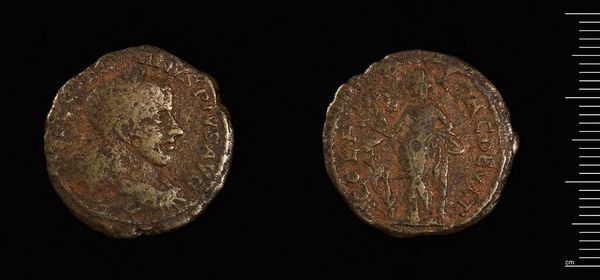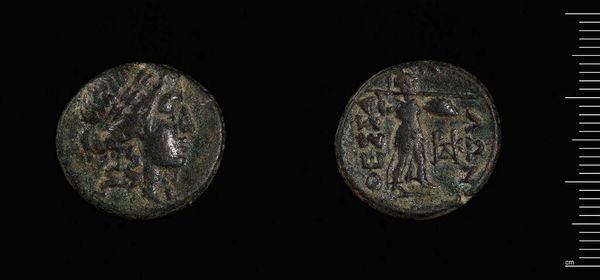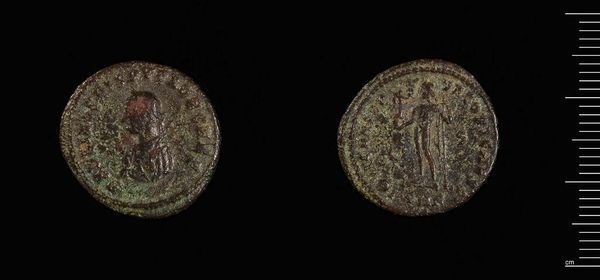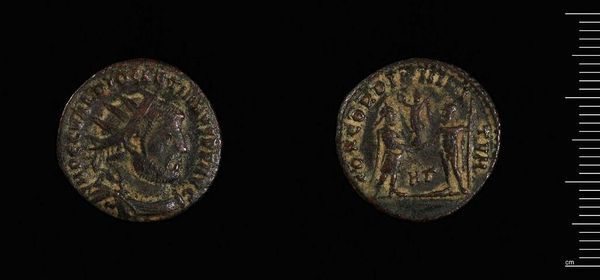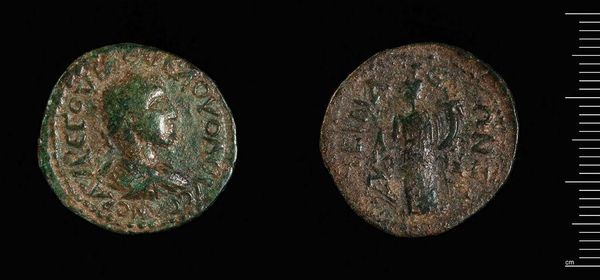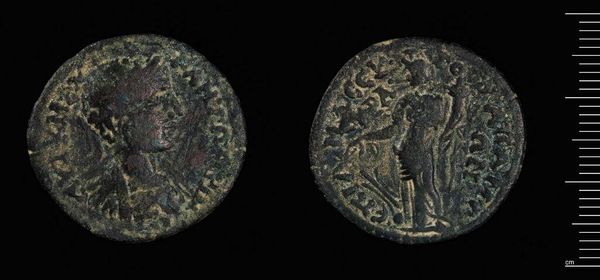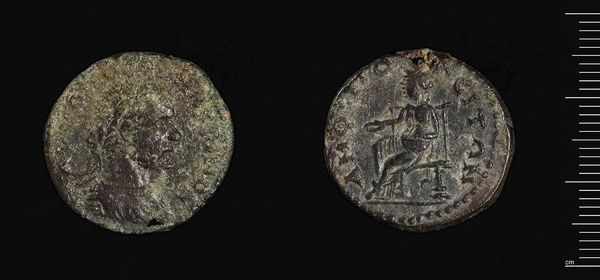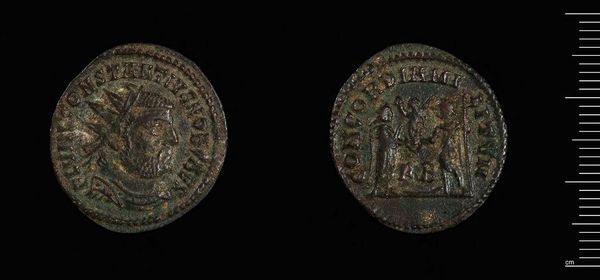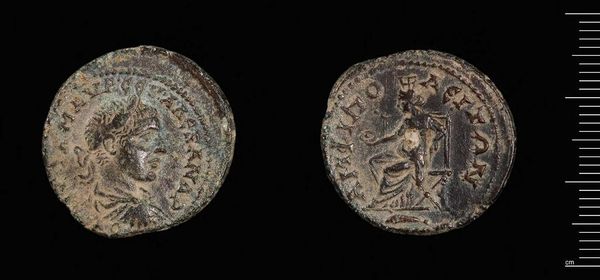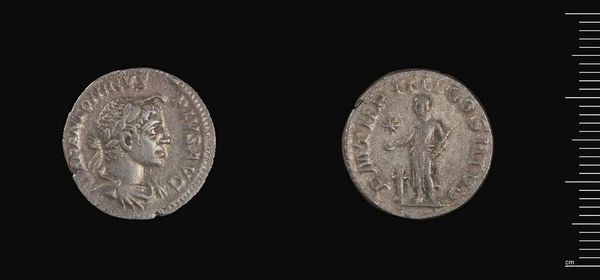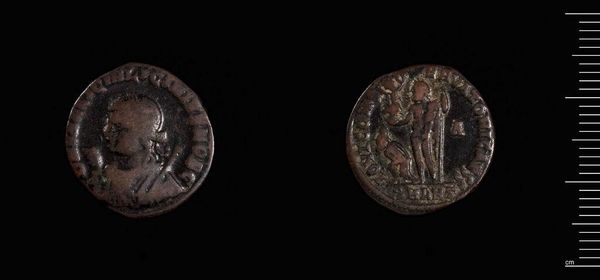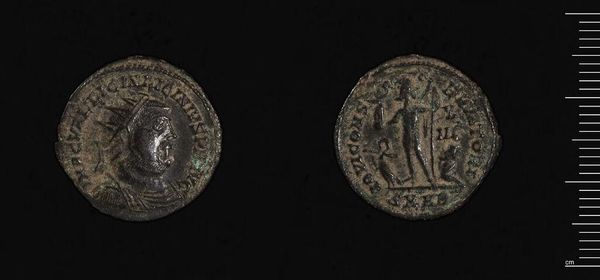
Coin of Thessalonike under the Emperor Gordian III c. 3th century
0:00
0:00
Dimensions: 9.85 g
Copyright: CC0 1.0
Curator: This is a coin of Thessalonike under the Emperor Gordian III, residing here at the Harvard Art Museums. Editor: It looks almost like something unearthed, a relic whispering stories of power and trade. There's a weight and texture that speaks of history. Curator: Indeed, these coins served as both currency and propaganda. The portrait of Gordian III establishes his authority, while the image on the reverse likely represents a local deity or symbol of Thessalonike. Editor: It’s fascinating how a small object can carry such immense cultural weight, reflecting the intersection of imperial power and local identity within the Roman Empire. What kind of rhetoric was expressed through this medium? Curator: Coins like these were vital in disseminating imperial ideology and reinforcing the emperor's image. They circulated widely, reaching diverse audiences and shaping perceptions of power. Editor: Knowing the context in which these images were circulated helps us to think critically about how imperial narratives intersect with gender, race, and class, which have all had profound historical ramifications. Curator: Precisely. This coin offers us a tangible connection to a complex political and social landscape. Editor: And reminds us that even seemingly insignificant objects can be powerful tools of communication.
Comments
No comments
Be the first to comment and join the conversation on the ultimate creative platform.
